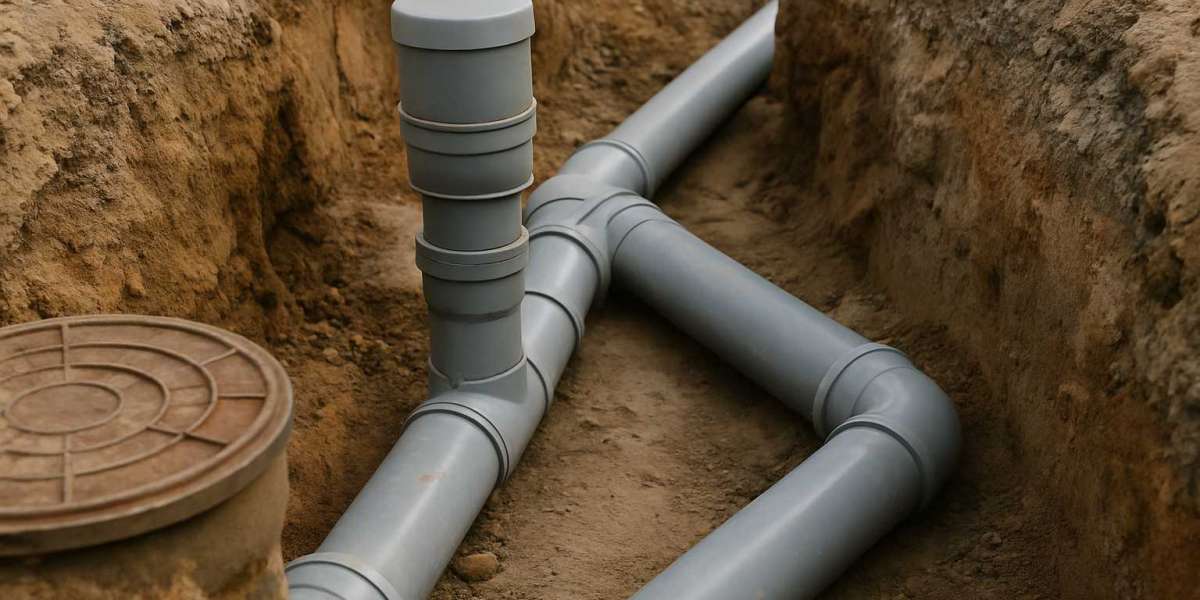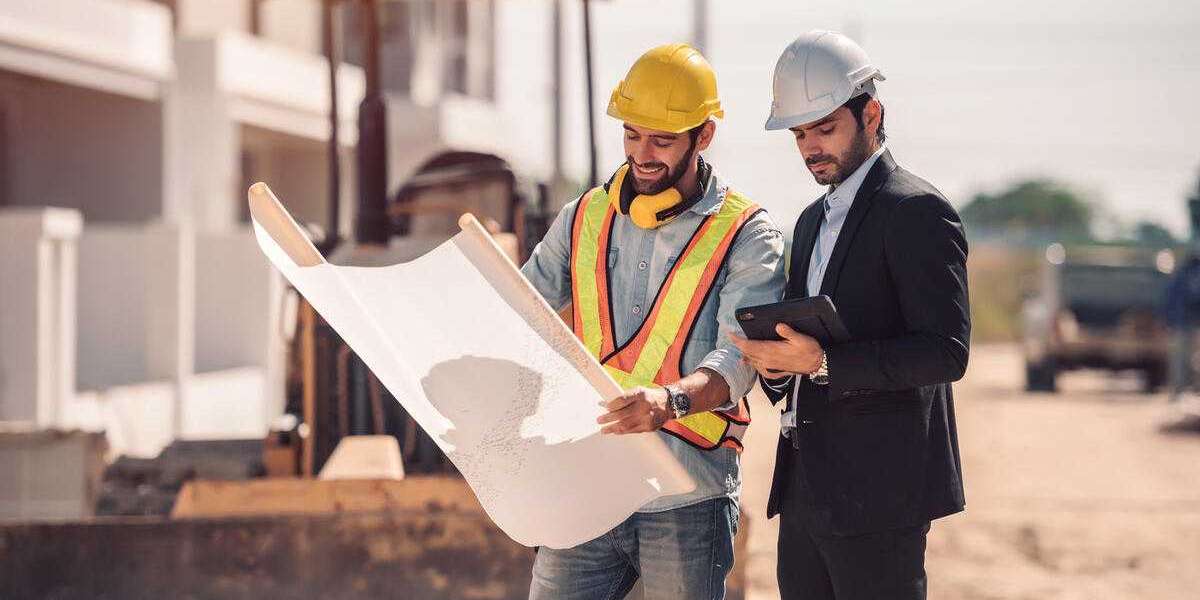Underground plumbing systems are the hidden lifelines of residential, commercial, and industrial properties. They transport water, remove wastewater, and manage storm drainage without being visible to the naked eye. While they operate out of sight, their importance cannot be overstated. Any damage, blockage, or leakage can disrupt daily life, cause structural harm, and lead to costly repairs. Unfortunately, because they are buried beneath soil or concrete, many property owners neglect proper maintenance until problems arise.
This guide explores the best practices for maintaining underground plumbing systems, providing you with expert tips to ensure their longevity, efficiency, and reliability. By following these strategies, you can reduce the risk of expensive repairs, conserve water, and maintain a safe and hygienic environment.
Understanding Underground Plumbing Systems
Underground plumbing encompasses a network of pipes that carry fresh water into a property and channel wastewater, rainwater, or industrial effluents away from it. These systems include potable water lines, sewer lines, stormwater drains, and irrigation pipes. They are designed to handle constant use and external pressures from soil, traffic loads, and shifting ground.
Common materials used in underground plumbing include copper, ductile iron, HDPE, concrete, clay, and uPVC pipes in Pakistan. Among these, uPVC has gained widespread popularity due to its resistance to corrosion, chemical damage, and biological growth. Unlike metal pipes, which may rust over time, uPVC pipes remain unaffected by harsh soils and sewer gases, making them ideal for both residential and municipal infrastructure.
However, underground systems are not immune to challenges. Corrosion in metallic pipes, scaling and deposits in concrete lines, root intrusion in joints, and cracks caused by soil movement are frequent issues. Proper material selection, installation techniques, and preventive maintenance are essential to address these risks.
Why Regular Maintenance is Critical
Maintaining underground plumbing systems is not merely a precaution—it is a necessity. A well-maintained system can last decades without major repairs, while a neglected one may fail within a fraction of its intended lifespan.
From a financial perspective, maintenance is far more cost-effective than repairs. For example, replacing an entire underground sewer line can cost several thousand dollars, depending on length and depth. In contrast, routine inspections and preventive care cost only a small fraction of that.
Water conservation is another compelling reason. Studies show that undetected underground leaks can waste thousands of liters per month. This not only impacts utility bills but also strains municipal water resources. Maintenance also safeguards public health by preventing sewage backups, which can cause contamination and disease outbreaks.
In addition, well-maintained systems support property value. A property with a reliable underground plumbing network is more attractive to potential buyers or tenants, as it indicates fewer future liabilities.
Best Practices for Maintaining Underground Plumbing Systems
Effective maintenance requires a combination of proactive inspections, preventive measures, and responsive action when issues arise. While these systems are hidden, advancements in plumbing technology now allow for efficient, non-invasive checks and repairs.
The first step is scheduling regular inspections. Modern CCTV pipe inspection technology enables plumbers to detect cracks, corrosion, scaling, and blockages without excavation. Residential systems may only need inspections every two to three years, while commercial or industrial systems benefit from annual checks due to higher usage.
Monitoring water pressure and flow is equally important. Sudden drops in pressure often indicate leaks or blockages, while gradual changes may suggest developing issues. Installing smart water meters or flow monitoring systems can help detect these problems early.
Preventing clogs is another vital practice. While internal plumbing fixtures play a role, improper disposal habits also contribute to underground blockages. Grease, sanitary products, wipes, and other non-degradable waste should never enter drainage systems. In commercial kitchens, grease traps can prevent fatty deposits from accumulating in pipes.
Root intrusion remains one of the most common threats to underground pipes, especially sewer lines. Tree roots naturally seek out moisture and can penetrate joints or cracks, eventually causing blockages or pipe breakage. Planting trees away from known pipe routes, using physical root barriers, or applying safe chemical root inhibitors can minimize this risk.
Proper drainage grading is also essential. Sewer and stormwater lines should have an adequate slope to ensure gravity-assisted flow, preventing standing water and backflow issues. Over time, soil settlement may alter grading, requiring professional adjustment.
For those in cold climates, winterizing is an important seasonal task. Underground pipes are generally protected from freezing due to soil insulation, but shallow lines or above-ground connections may still be at risk. Insulating vulnerable sections and draining outdoor water lines before freezing conditions can prevent costly damage.
Finally, using high-quality materials and ensuring correct installation standards is the foundation of long-term reliability. Pipes should comply with industry standards such as ASTM for uPVC pipes and fittings. Choosing corrosion-resistant materials like uPVC or HDPE and hiring experienced professionals for installation can significantly reduce future maintenance needs.
Common Mistakes to Avoid in Underground Plumbing Maintenance
Neglecting minor leaks is one of the most common—and costly—mistakes. A small leak can quickly worsen, leading to extensive soil erosion, sinkholes, or contamination. Another error is using incompatible materials or low-grade fittings, which can accelerate wear and lead to joint failures.
Skipping inspections due to the assumption that “if it’s not leaking, it’s fine” often results in discovering problems too late. Finally, untrained DIY repairs can cause more harm than good. Without the proper tools or knowledge, homeowners may damage surrounding pipes, leading to larger and more expensive issues.
Professional Help vs. DIY Maintenance
While some tasks, such as clearing minor surface clogs or insulating exposed lines, can be handled by property owners, most underground maintenance should be left to professionals. Licensed plumbers have access to advanced diagnostic tools, trenchless repair methods, and industry-standard installation techniques that ensure work is both safe and effective.
For example, if a camera inspection reveals a small crack, trenchless relining can restore the pipe without digging up the yard. In contrast, attempting to fix such a crack without expertise can result in further damage and unnecessary costs. The decision ultimately comes down to the complexity and scale of the issue, but for underground systems, expert help is generally the best choice.
Role of Modern Technology in Underground Plumbing Maintenance
Advances in technology have revolutionized underground plumbing maintenance. Leak detection sensors can now alert property owners to moisture changes in real time, enabling swift action before damage spreads. Smart water meters not only measure usage but can also detect irregular patterns that indicate leaks.
Trenchless repair methods, such as cured-in-place pipe (CIPP) lining and pipe bursting, allow for repairs without extensive excavation, reducing both labor costs and environmental disruption. These innovations make maintenance less invasive and more cost-efficient, encouraging more property owners to adopt preventive care strategies.
Conclusion
Underground plumbing systems are complex, durable, and essential to the functioning of any property. Yet, like any other critical infrastructure, they require consistent attention and care to operate at their best. Regular inspections, preventive measures against blockages and root intrusion, seasonal maintenance, and the use of high-quality materials all contribute to system longevity.
By incorporating modern technology and relying on professional expertise when necessary, property owners can avoid costly breakdowns, conserve water, and protect the health and safety of occupants. Whether for a small residential network or an extensive commercial setup, investing time and resources into maintaining underground plumbing is one of the wisest decisions you can make.
If you are considering upgrading your system, selecting uPVC pipes offers a combination of strength, resistance, and cost-effectiveness that suits a variety of underground applications. High-quality uPVC pipes and fittings not only improve system efficiency but also extend its service life. And for those sourcing uPVC pipes in Pakistan, reputable suppliers ensure compliance with global standards for maximum reliability.

